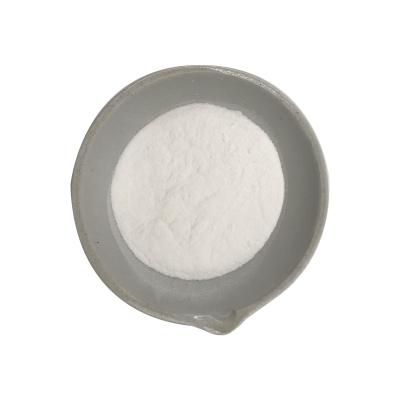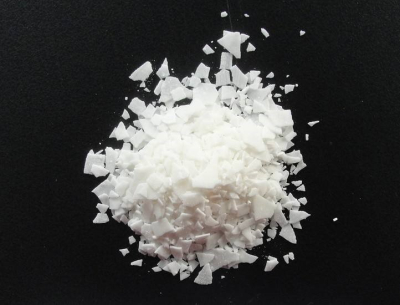New Research Highlights the Dual Role of Formic Acid as a Food Preservative and Potential Inducer of Antibiotic Resistance
New Research Highlights the Dual Role of Formic Acid as a Food Preservative and Potential Inducer of Antibiotic ResistanceA recent study published in Frontiers in Microbiology has shed light on the complex effects of formic acid, a common food-grade preservative, on pathogenic bacteria. The research indicates that formic acid, which is approved by the FDA for use in the food industry due to its antimicrobial properties, may also induce a viable-but-non-culturable (VBNC) state in harmful bacteria such as Acinetobacter baumannii and Klebsiella pneumoniae. This VBNC state allows these bacteria to survive in a dormant phase, potentially avoiding detection and later resuscitating, which could lead to the spread of infections and the emergence of new antimicrobial resistance (AMR) traits .
The study emphasizes the importance of understanding how widely used food preservatives like formic acid can impact the virulence and resistance patterns of bacteria. The results suggest that these pathogens can enter a VBNC state under typical food processing, storage, and distribution temperatures when exposed to formic acid. Notably, the study demonstrates that the removal of formic acid can resuscitate these bacteria, which then exhibit increased expression of multiple virulence and AMR genes .
This discovery is particularly concerning given the presence of these bacteria in hospital kitchens and commonly consumed foods, indicating a potential link between food processing practices and hospital-acquired infections. The research suggests that the contamination of packaged foods with pathogenic bacteria and their exposure to food additives could become a significant issue for infection control and AMR management within healthcare settings .




